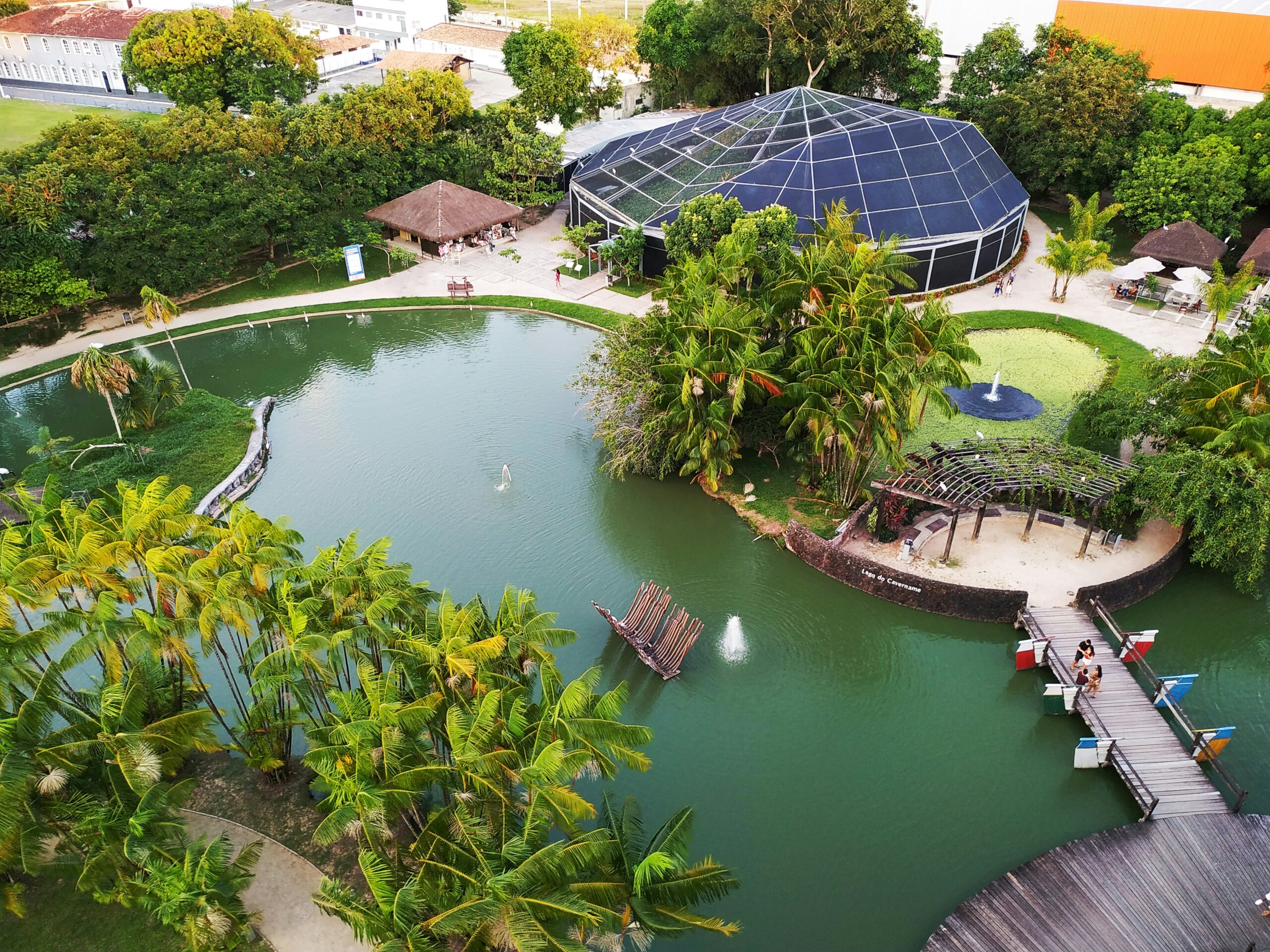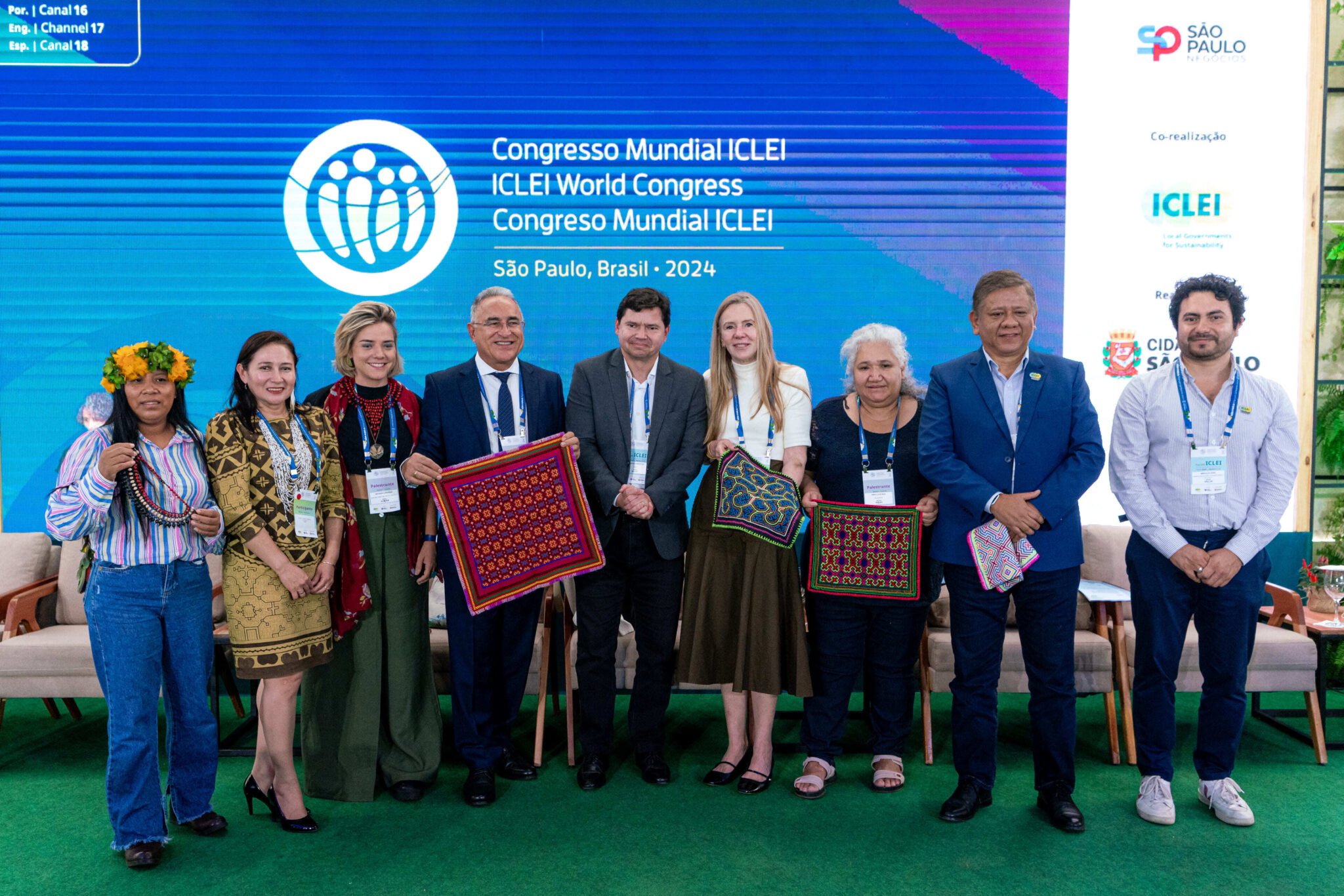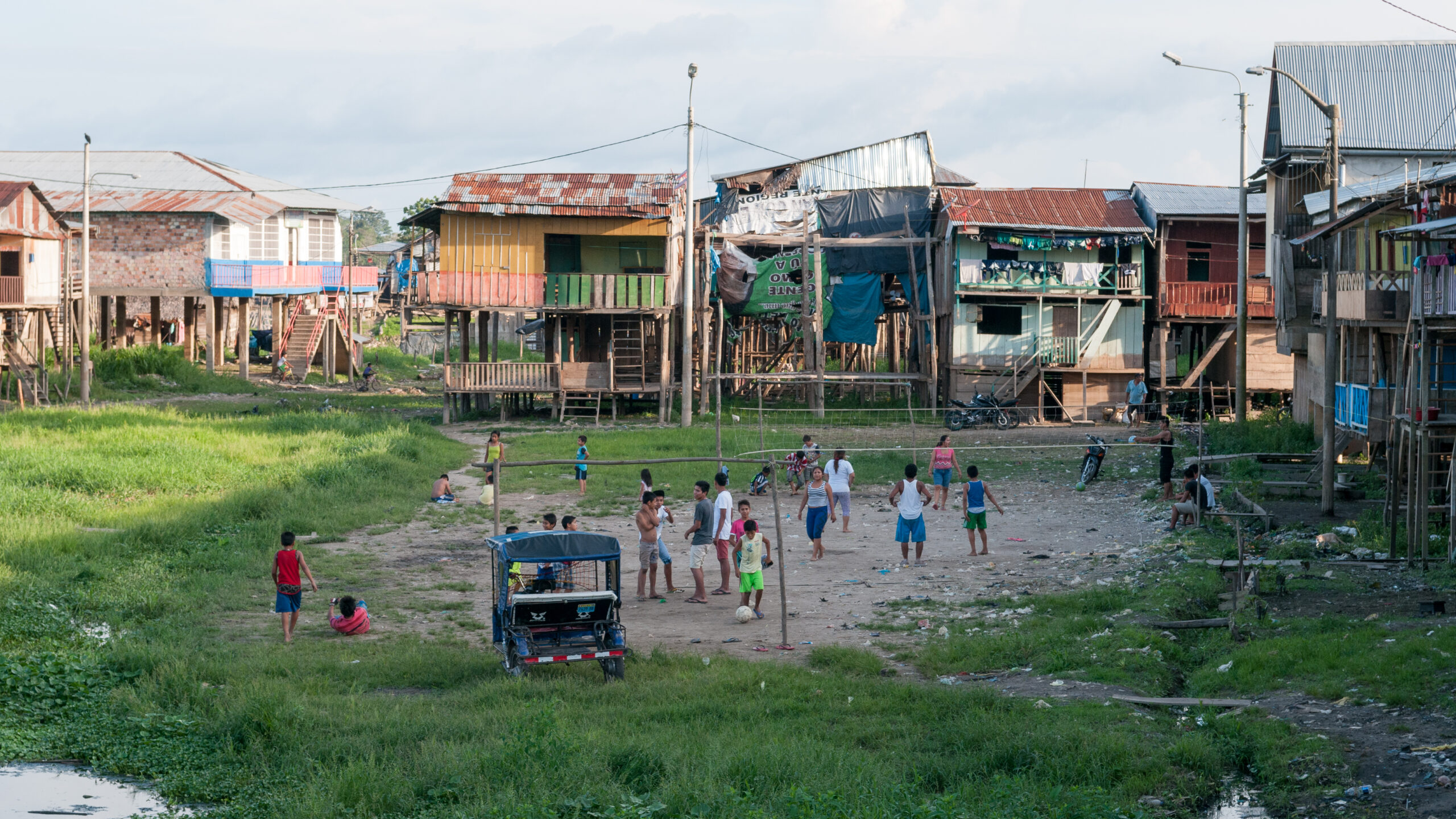
Amazonian cities are diverse in opportunities and needs. The region’s biodiversity is among the world’s most important, but its cities’ sustainability challenges are less well-known. These jurisdictions require financial support and capacity building to create sustainable, conservation-oriented, equitable, urban green spaces with circular development. At the ICLEI World Congress 2024, mayors from this region convened to amplify the voices of these unique cities.
“Talking about the Amazon refers to a region that is an international brand known worldwide… [that] simultaneously suffers from systematic invisibility due to the lack of policies aimed at its development,” said Edmilson Rodrigues, Mayor of Belém, Brazil.
This is the challenge for urban leaders in the Amazon. The role of the Amazon region on the planet, especially in times of climate change, is irrefutable. It represents more than half of the planet’s tropical rainforests and is the largest tropical forest in the world. The region covers between 4-6% of the Earth’s total surface and 40% of the surface of the Americas. This territory is a regional and global water reserve, and it acts as a regulator of planetary and regional climate.
But this is also an urban region. The Amazon extends across nine countries and is home to over 50 million inhabitants and 420 Indigenous peoples who speak more than 300 languages. Of these inhabitants, 72% live in cities, which presents significant challenges regarding public administration, services and connectivity.
ICLEI South America is already implementing solutions to these challenges by enacting initiatives to create spaces for political, strategic and technical articulation in the region. Looking ahead to the upcoming COP30 in Belém, ICLEI supports the city by assisting in the construction of its first greenhouse gas inventory and developing technical documents with an ecosystem-based adaptation approach.
“The first inventory of Belém serves as a guide for cities to advance their climate commitments, providing strategic support and links to the necessary financing for sustainable development,” noted Rodrigo Perpétuo, Regional Director of ICLEI South America.
ICLEI’s relationship with the Global Covenant of Mayors has already deployed significant mechanisms, especially in realizing the Belém Declaration in 2023 ahead of COP30. This declaration mandates the institutionalization of Amazonian cities as part of the Amazon Cooperation Treaty Organization (OTCA).
“This important Declaration, signed by eight countries, contains 113 objectives and 29 resolutions, marking a significant leap in strengthening the integration process to implement sustainable development projects and social inclusion, highlighting the importance of science and innovation in this context,” said Vanessa Grazziotin, Executive Director of OTCA.
“COP30 has generated investments in the city [of Belém] with the support of ICLEI,” said Mayor Rodrigues, emphasizing the importance of municipalities in the fight for sustainability and visibility of the Amazon.
The Call from Mayors

Mayor Rodrigues emphasized that this is why he has committed to Belém being the host city for COP30 in 2025. “It is an opportunity to amplify not only the demands of the Brazilian Amazon but of the entire Amazon region,” he says.
In Brazil, the Amazon occupies 60% of the territory, equivalent to a continent. “Just the state of Pará is the combined size of France, Portugal and Spain, housing 8.125 million inhabitants… [making it] one of the most populous in the Amazon region,” he detailed.
The mayors agree that this invisibility is due to the communities’ low electoral representation, which means their demands do not reach the national level.
“In Peru, the Amazon territory hosts 13 linguistic families and 54 Indigenous communities, many uncontacted. These are peoples abandoned by the education and health systems,” highlights Vladimir Chong, Mayor of Maynas, Peru. In addition, Peru’s political instability delays progress. “We advance in mitigation projects but as soon as the governors change, everything goes back to zero,” adds Janet Yvone C. Vasquez, Mayor of Coronel Portillo, Peru.
The mayors agreed on two urgent needs: national and international financial cooperation for environmental mitigation projects and technical training to rebuild the Amazon. Mayor Chong added, “We are a nation with tremendous deficiencies due to the lack of national state attention and technical capacity.”
A Territory Under Threat
Deforestation has increased migration to urban centers, exacerbating urban and environmental problems. “We are victims of a perverse urbanizing ideology that prioritizes asphalt over nature,” said Mayor Rodrigues.
Mayor Chong described the deficiencies in his province, with 40% of the population lacking access to drinking water and sanitation, road connectivity and broadband internet access. The migration from rural areas to the urban centers of Maynas, especially Iquitos, its capital, aggravates the precarious situation. Chong highlighted the urgency of financing the fight against desertification, environmental pollution caused by illegal mining and logging, and the lack of sustainable waste plants. “The rivers contain high levels of mercury and microplastics. How do we explain to the residents that these activities are harmful when they need these resources to survive? We need to train them technically to carry out activities sustainably,” he asserted.

Mayor Vasquez added that deforestation has turned lush forests into “true deserts.” Although her region is rich in resources like bananas, cassava, pineapple, cocoa and coffee, it faces severe limitations in water and sanitation access, especially in riverine centers. This winter severe floods contaminated the water wells leading to sanitation problems. “The wells and latrines overflowed, leaving the population without water, causing significant sanitary issues. 65% of our children have anemia,” lamented Mayor Vasquez.
Furthermore, Mayor Vazquez highlighted the need for environmental mitigation projects to address heat waves reaching up to 43 degrees C. “We are a city surrounded by trees and on the riverbanks, yet the heat waves are increasingly intense. This indicates that the environment is crying out for help,” she concluded.
Adding Value for Residents
Ana Lucia Reis, Mayor of Cobija, Bolivia, highlighted the richness of the Amazon region, often underestimated by its own inhabitants. “Many times, those who live here do not realize the area’s richness. Many think it is better to cut down trees to plant cassava and rice,” she said.
Cobija, the Amazonian capital of Bolivia and the world’s leading exporter of Brazilian nuts faces a dilemma: “Our boxes say, ‘Brazilian nuts from Bolivia,’ a paradox since this product is the biggest economic contributor to the city,” said Mayor Reis. Although these nutrient-rich nuts that promote breastfeeding are included in subsidy programs, many discard them out of ignorance.
Mayor Reis emphasized the need to add value to the region’s wealth. “The only way to conserve our forests is by adding value to our fruits; otherwise, our inhabitants do not see the point in preserving them.” The mayor insisted on the urgency of technical training, especially in agribusiness, to combat deforestation. “Recently, we had 17 meters of flooding in the river basin, compared to an average of 2 meters, because there is no longer a forest to curb the water rise,” she said.
With the ambition to turn Cobija into an ecocity, Mayor Reis is implementing reforestation projects and promoting the use of solar energy in local schools.
Given this scenario, it is imperative to place the sustainable development of the Amazon’s urban areas at the heart of the region’s conservation and adaptation strategies. It is the moment to promote ambitious, integrated and urgent sustainable policies, encouraging collaboration between local governments via platforms such as the Amazon Cities Forum and creating more opportunities to achieve a sustainable and resilient future for the region.
A version of this article originally appeared on ICLEI’s CityTalk.
Barbara Riedemann is Digital Communications Officer at ICLEI.






